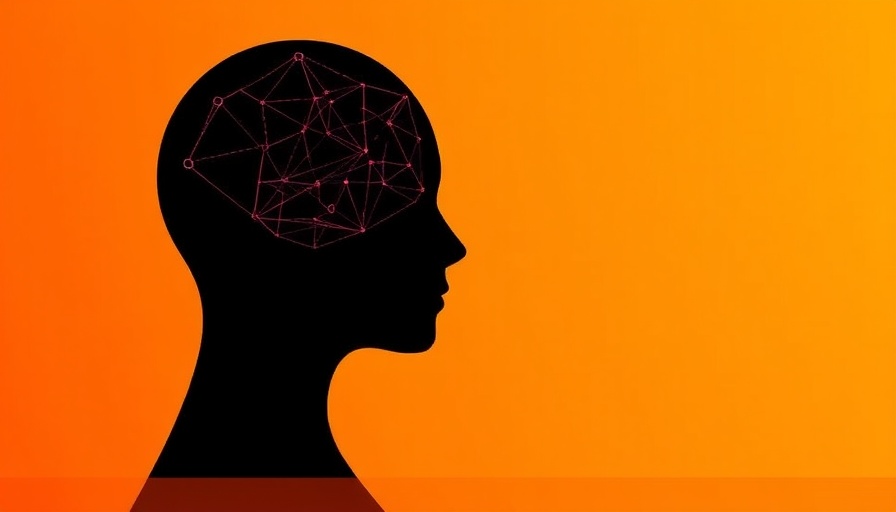
Understanding the Riddles of Consciousness
Consciousness remains one of the most enigmatic aspects of human existence, often likened to a complex puzzle that defies easy explanation. We grapple with the nature of our conscious experience, fueling intense debate among neuroscientists and philosophers alike. Recent research from the Cogitate Consortium highlights two significant theories—global neuronal workspace theory and integrated information theory—but crucially, it reveals that no clear consensus has emerged regarding their validity.
The Theoretical Landscape: War of the Minds
The theories in question strive to unravel the intricate relationship between consciousness and brain activity. Global neuronal workspace theory posits that consciousness arises from the activation patterns of neurons across the brain, particularly during pivotal moments of awareness dubbed 'neural ignition.' On the other hand, integrated information theory argues that consciousness correlates with the sustained synchronization of neuronal signals, especially in the posterior cortex. Both views are part of a larger framework that seeks to define how neural mechanics translate into subjective experiences.
Historical Context: Unlocking Ancient Mysteries
The quest to comprehend consciousness has spanned centuries, drawing from fields as diverse as philosophy, psychology, and neuroscience. Historical figures like René Descartes famously speculated on the mind-body dualism, while modern advancements, such as neuroimaging, have allowed us unprecedented glimpses into the workings of the brain. This long-standing pursuit exemplifies humanity's enduring curiosity about what it means to be conscious.
Brain Activity and Conscious Experience: A Closer Look
What unites both theories is their focus on brain activity. Through rigorous research, scientists have been able to map specific regions of the brain linked to conscious thought and perception. Understanding this link is crucial—not only does it enhance our scientific knowledge, but it can also influence approaches to mental health. Techniques such as mindfulness and meditation suggest that altered states of consciousness can positively affect mental well-being.
Diving Deeper: What This Means for Community Health
The implications of these theories extend into the domains of health and wellness. By understanding consciousness more comprehensively, we pave the way to enhance mental health initiatives. For instance, programs focused on community health and wellness can leverage insights about consciousness to offer more effective therapies. Imagine wellness centers integrating techniques inspired by consciousness research into their practices, promoting optimal health through not just physical wellness but mental acuity as well.
Future Predictions: Where Do We Go From Here?
Looking ahead, the evolving dialogue around consciousness suggests fertile ground for innovation. As research continues to unfold, we may unlock new treatments that address mental health issues more effectively. The rising trend of holistic health—encompassing the psychological, emotional, and physical aspects of well-being—could benefit immensely from advances in our understanding of consciousness.
Conclusion: Embracing the Complexity of Consciousness
While the debate between global neuronal workspace theory and integrated information theory continues, what is clear is that an understanding of consciousness is vital not only for neuroscience but also for enhancing health and wellness across communities. With ongoing research, we are on the brink of uncovering insights that could fundamentally change how we view mental health.
Now is the time to engage with this compelling discourse in your search for optimal health and wellness. Explore relevant wellness centers in your area, and consider how an understanding of consciousness can inform your personal journey toward a healthier lifestyle.
 Add Row
Add Row  Add
Add 




 Add Row
Add Row  Add
Add 


Write A Comment